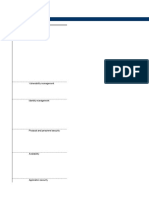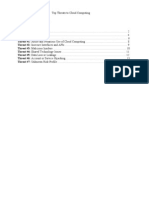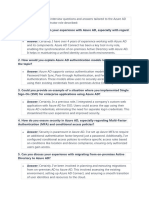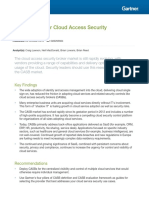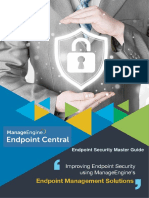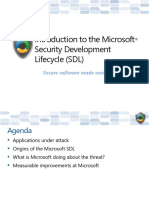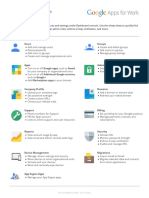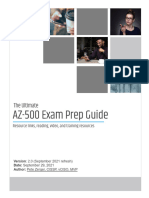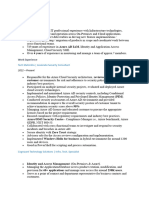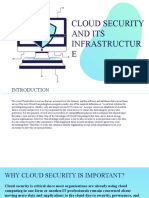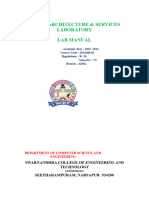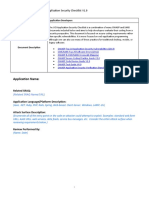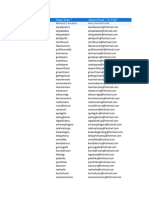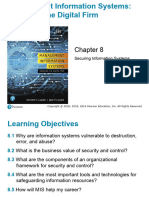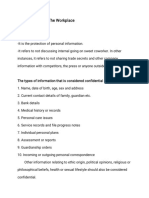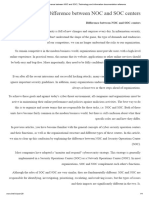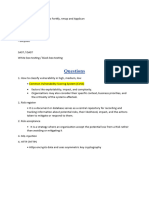0% found this document useful (1 vote)
427 views42 pagesIntroduction To Cloud Security
Uploaded by
megavarthini2006Copyright
© © All Rights Reserved
We take content rights seriously. If you suspect this is your content, claim it here.
Available Formats
Download as PDF, TXT or read online on Scribd
0% found this document useful (1 vote)
427 views42 pagesIntroduction To Cloud Security
Uploaded by
megavarthini2006Copyright
© © All Rights Reserved
We take content rights seriously. If you suspect this is your content, claim it here.
Available Formats
Download as PDF, TXT or read online on Scribd
/ 42






